Chromebooks bring computers to the average user without requiring a steep learning curve. They also don’t have driver updates to manage like on a Windows or macOS computer. Since Chromebooks use the ChromeOS operating system, you’ll use the Google Chrome browser and web-based apps most of the time. This makes it easy to recommend one of the most affordable Chromebooks for a casual online browsing experience. Follow these tips and tricks to navigate your Chromebook during regular day-to-day use.
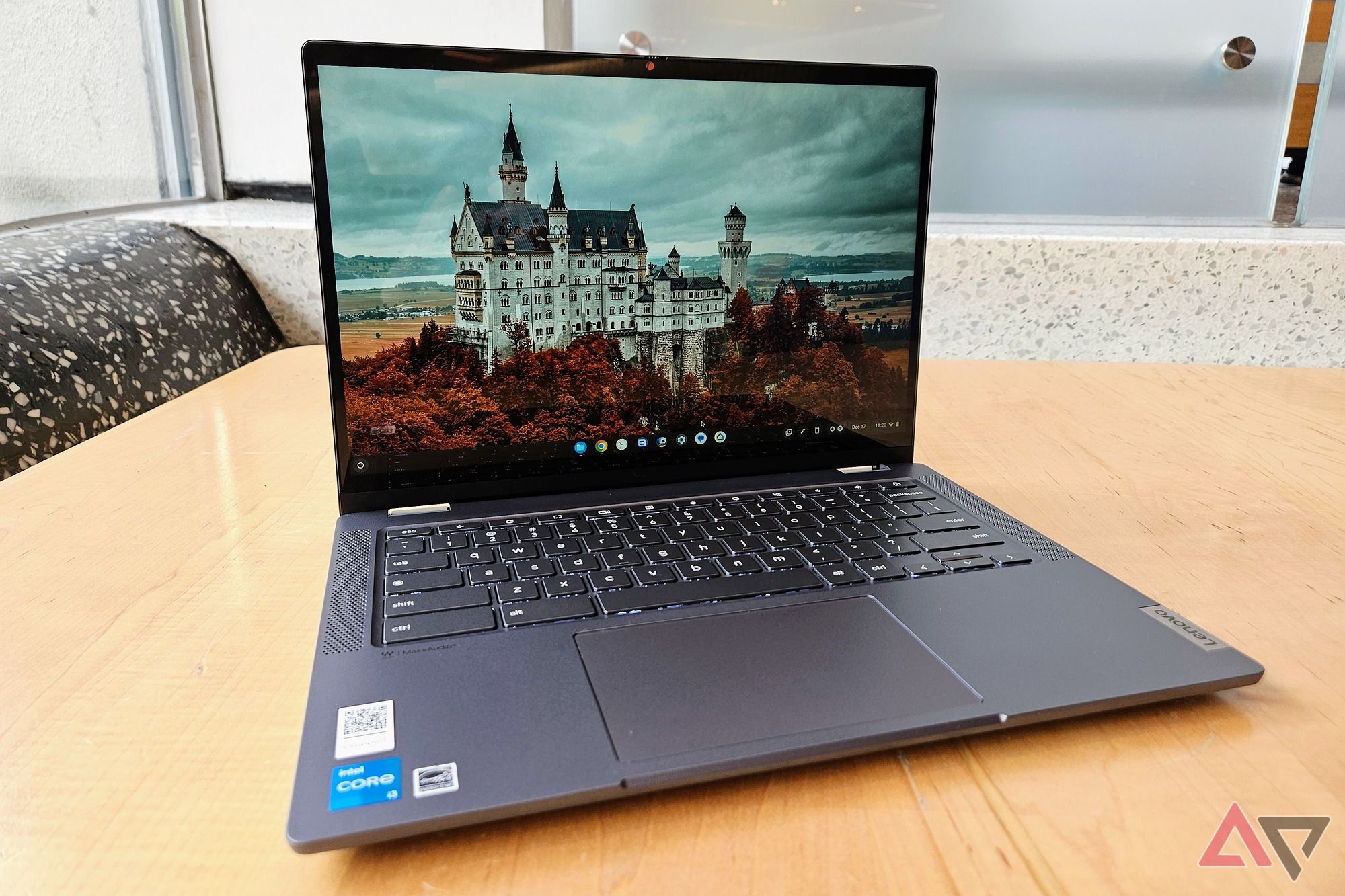
Related
8 best Chromebook extensions for novices to power users
Supercharge your Chromebook with these extensions
1
Gesture with your Chromebook touchpad for various actions
There are several ways to move around a Chromebook, whether you use the touchpad, keyboard, or touchscreen. ChromeOS makes your touchpad more useful than a mouse by including gestures to make navigating your device easier.
Here are useful touchpad gestures you can use on your Chromebook:
- Tap the touchpad with two fingers simultaneously to right-click.
- Move two fingers up or down to scroll.
- Put two fingers on the touchpad, then move them left or right to go forward and back in Chrome.
- Swipe up with three fingers to see your open windows. Swipe down with three fingers to go back to your last open window.
- Open a link by tapping it with three fingers.
- Close a Chrome tab by tapping it with three fingers.
- Put three fingers on the touchpad and swipe left and right to move through your Chrome tabs.
- Switch between your virtual desks by swiping left or right with four fingers.
2
Control your Chromebook with your keyboard
Source: Acer
The Chromebook keyboard provides many shortcut actions to help you navigate your device, from refreshing the page to opening a new tab. Chromebooks have a dedicated Search key with a magnifying glass icon or a Launcher key with a filled-in circle icon. Now referred to as the Everything Button, it is typically located in place of the Caps Lock key you might find on a Windows or macOS keyboard. To see the list of available keyboard shortcuts, press Ctrl + Alt + ?.
Give these useful Chromebook keyboard shortcuts a try:
- Ctrl + T: Open a new tab.
- Ctrl + W: Close the current tab.
- Ctrl + Shift + Tab: Open the last tab you closed.
- Ctrl + Tab and Ctrl + Shift + Tab: Move forward or backward through your tabs.
- Alt + Tab: Cycle through your windows.
- Everything Button + L: Lock your Chromebook.

Related
27 useful Chromebook keyboard shortcuts
Become a Chromebook power user with these handy keyboard shortcuts
3
Turn on the caps lock feature when you need it
The keyboard on a Chromebook doesn’t have a dedicated Caps Lock key like a Windows or macOS device has. However, you can use the caps lock feature on your Chromebook with a keyboard shortcut. To turn on caps lock, press Alt + Everything Button. Tap that key combination again to turn it off.
The Everything Button might be called the Search or Launcher key on some Chromebooks. It can be identified by a magnifying glass icon or a filled-in circle icon.
4
Open pinned apps and websites for easy access
Much like the taskbar on Windows or the Dock on Macs, Chromebooks have a space at the bottom of the screen to save apps and websites you often use. This is referred to as the Shelf in ChromeOS, and there are a couple of ways to access these pinned apps or website shortcuts:
- Click them with the mouse or use a keyboard shortcut to launch the first ten items on your Shelf.
- Press the Alt key and the number key corresponding to the item you want to open in order from left to right. For example, to open the fifth item on your Shelf, tap Alt + 5.
5
Reposition your Shelf to a location that works best for you
ChromeOS allows you to move the Shelf if you don’t like it at the bottom of the screen. To do this, right-click your home screen, mouse over the Shelf position option, and select Left, Bottom, or Right.
6
Customize how your apps appear in the home launcher
Clicking the icon in the lower-left corner of the ChromeOS launcher lets you view and then open your installed apps. Some apps that ChromeOS sets first you may not use, while the ones you want may be farther down the list. You can change this by bringing up the app launcher and right-clicking it. The Sort by menu has two options: Name or Color. Sorting by Name reorganizes apps alphabetically, making it easier to find specific apps. Color groups apps by their primary icon colors to create a more visual experience.
To organize your apps, drag one app icon onto another to create a folder. Doing so allows you to group your favorite or most used apps in one location. Continue adding apps until you have everything you want in the folder. From there, giving the folder a relevant name makes it easy to identify its contents.
7
Set your accent colors to your own custom theme
A 2023 update to ChromeOS brought new background theme customization options for Chromebooks. You can now pick a wallpaper from your shared Google Photos albums or set it as a screensaver. When you select a photo to use as a background, ChromeOS gives you a selection of accent colors. Pick one, and it automatically adjusts your windows and tabs to that color palette.
Source: Google
8
Set up quick split screens for better app multitasking
Split screen features are more common than ever as we juggle multiple apps and reference points simultaneously. Chromebooks make this easy to manage with an update that allows you to pick exactly how you want your screen organized.
Source: Google
Start by pressing Everything Button + Z while in a window (the Maximize tab button usually works for this step). This opens a new panel with four window options:
- Split allows you to divide the screen evenly between two apps, perfect for multitasking.
- Partials is similar to Split but gives you a 70/30 division. One app will have more screen space.
- Fullscreen gives the entire window space to one app, letting you focus on your most important app.
- Float keeps a small window open that stays on top of other apps and can be moved around as needed.
9
Find useful new apps and games to play during your free time
If you don’t have time to browse for new games on your Chromebook, the Explore app can help you discover something to play. A dedicated section called Apps and Games offers a curated list of Chromebook-compatible software. You can sometimes find standout Android mobile games designed to work on your Chromebook. The Explore app is a good starting point that can help you find something new to install. For a more in-depth list of games, open the Google Play Store and browse there.
10
Use virtual desks for a more organized workflow
Chromebooks include an excellent productivity feature called virtual desks, which allows you to have different desktops for various tasks. When a specific set of apps or windows is open, you can create a desk and save it for later. For example, imagine having one desk with your work apps and another with your entertainment apps. You can swap between these desks with a click or keyboard shortcut. You don’t have to juggle windows, creating an efficient and organized way to manage your time.
Swipe up on your touchpad with three fingers to open the desks feature. You’ll see your desks at the top of your screen and can add a new desk by tapping the New desk button. To save your open applications as a desk, tap the Save desk for later button in the upper-left corner.
11
Get notifications from your Android phone on your Chromebook
Chromebooks can do more when paired with an Android phone using the Phone Hub feature. For example, you can access the notifications from your Android phone on your Chromebook. To do this,
- Sync your Android phone with your Chromebook over Bluetooth.
- Go to the Settings app on your Chromebook and select the Set up button under the Connected Devices section for Android phone.
- Follow the on-screen instructions, turn on the notifications feature, and you’ll receive your phone notifications on your Chromebook.
When this feature is activated, notifications from your phone appear on your Chromebook’s notifications menu. Tap the arrow to expand or dismiss a notification. If the notification is from a messaging app, you can reply from your Chromebook. Dismissing notifications on your Chromebook removes them from your phone, so be careful when swiping notifications away.
As long as your phone and Chromebook stay connected over Bluetooth, your phone doesn’t always have to be next to you. However, since Bluetooth is a short-range wireless technology, your experience can vary.
12
Take advantage of multiple limited-time perks
Chromebooks have a simple and easy interface and typically have unique perks for you to redeem. To access these benefits, open the Explore app. To do so, press Ctrl + Shift + ?, go into the launcher and tap the icon, or search for the app. After you open the Explore app, select Perks on the left to see a list of available offers. These perks include free or discounted apps and services that change occasionally, so check back every couple of weeks for new offers.
13
Check your Chromebook performance for issues
Chromebooks may be simpler and easier to use than Windows or Mac devices, but they can run into problems. That’s why Google included the Diagnostics app to help you solve issues with your Chromebook. The Diagnostics app shows information on hardware, keyboard, and network performance. You can run tests on the internal components of your device, export the results, and send those results to a support agent to help solve your issues.
14
Let others use your Chromebook without logging in
You may need to share your Chromebook with a friend or family member, but you don’t want them messing with your apps and settings. Chromebooks include a guest mode for these situations. Guest mode allows anyone to use your device without signing in to a Google account. Nothing they do on the device is tied to an account, and everything is erased after they log out.
To access guest mode, log out of your account and return to the main login screen. Then, tap the Browse as guest button in the lower-left corner to launch guest mode.
15
Access the Quick Settings panel when you need it
Chromebooks have many features in the Settings app, but some aren’t for daily use. Google considered this and included the most used settings in the Quick Settings panel on the Shelf. To open the Quick Settings panel on your Chromebook, click the time in the lower-right corner.
You can change the settings for brightness and volume, Wi-Fi and Bluetooth, and the Do Not Disturb mode. If these settings aren’t enough, tap the gear in the upper-right corner of the quick settings menu to launch the Settings app.
16
Take a screenshot or video with the built-in screen capture feature
There is a built-in method for taking screenshots or videos on a Chromebook running ChromeOS 100 or higher. The feature is called Screen Capture, and it applies to screenshots and videos. You’ll find these settings:
- Full screen captures the entire screen, Shelf, windows, and everything in between.
- Partial allows you to highlight a specific area of the screen you want to capture.
- Window captures the content in a single window that you select.
To launch the Screen Capture feature, press the Screenshot key on your keyboard if your Chromebook has it. If not, select Screen Capture in the Settings menu in the lower-right corner of the screen. Alternatively, press Shift + Ctrl + Show windows (a box with two lines to the right of it).
17
Tap into the power of Google Assistant or Google Gemini
One benefit to having a device made by Google is that Google Assistant is integrated into the operating system. Press Search + A to open the Assistant screen to activate Assistant on your Chromebook. Type your query or command or tap the microphone icon in the upper-right corner to speak to Assistant. Assistant can do everything on your phone or a smart speaker, such as answer a question, modify a smart device, or set a timer.
Google Gemini is an AI-powered chatbot that expands upon the capabilities of Google Assistant. However, Gemini still requires Google Assistant for various tasks, such as controlling smart home devices. While Gemini is a work in progress, it should function alongside Google Assistant well into the future. Gemini may eventually rely less on Google Assistant as it gains new features, but they serve different purposes for now.
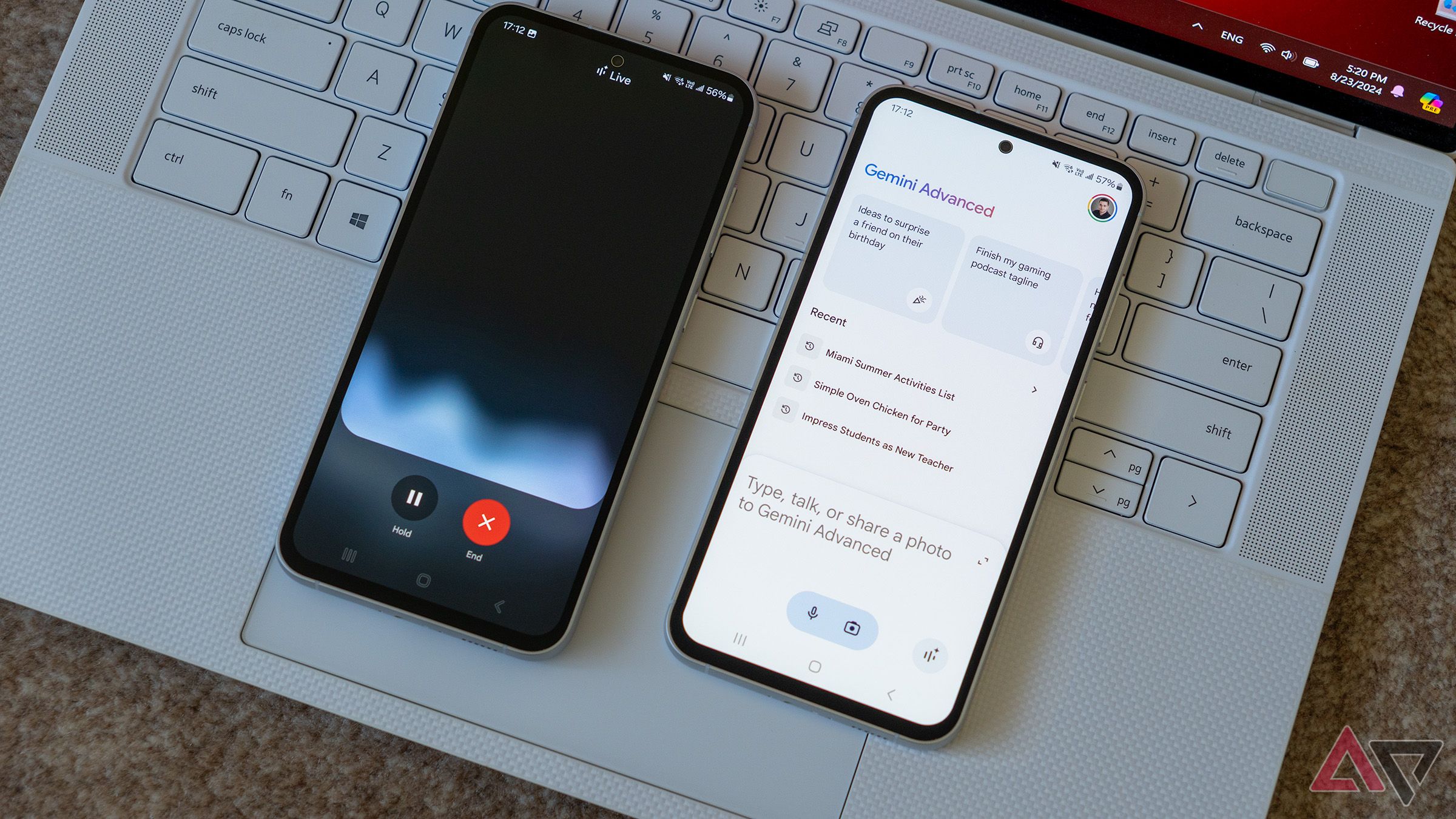
Related
Google Gemini: Everything you need to know about Google’s next-gen multimodal AI
Google Gemini is here, with a whole new approach to multimodal AI
We will also start seeing more support by default for Gemini on multiple Google products, including Chromebooks. For example, you can use the built-in version of Google Gemini on the newest Chromebook Plus models. A dedicated app icon for Gemini will be placed on your Shelf, allowing you to open it when needed.
18
Start from scratch with a Powerwash
A factory reset, or a powerwash on Chromebooks, can help you fix your Chromebook if you encounter slowdowns or other issues. It restores your Chromebook to its original state and removes your saved data, accounts, and downloaded files. Before doing a powerwash, back up the files you want to keep, such as music, videos, or photos.
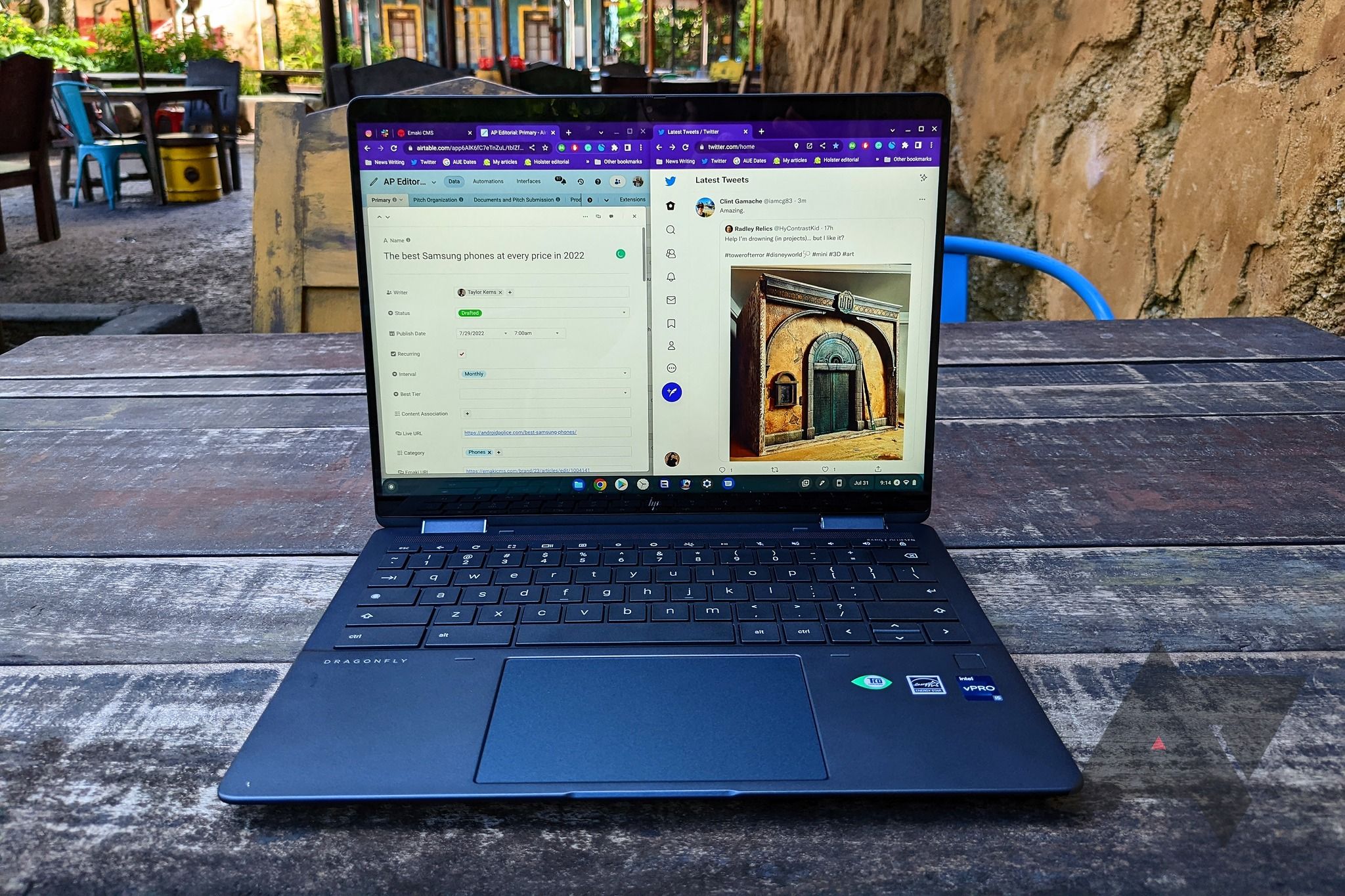
Related
How to back up your Chromebook
Chromebooks mostly live online, but it’s good to back up your data every now and then
To factory reset your Chromebook, go to the Settings app, tap Advanced on the left, and select Reset settings. Then, tap the Reset button to the right of the Powerwash option. Follow the on-screen instructions to wipe your device and start fresh.
Keep your life simple with a Chromebook
Chromebooks are fast, simple, and easy to use, but there are ways to improve your experience. As with any operating system, there are features you may not have discovered. For example, you can use the extra keyboard shortcuts to navigate ChromeOS without the touchpad. Using the tips in this guide allows you to understand what your Chromebook is capable of. At the same time, checking for updates on your Chromebook offers bug fixes and multiple new features.

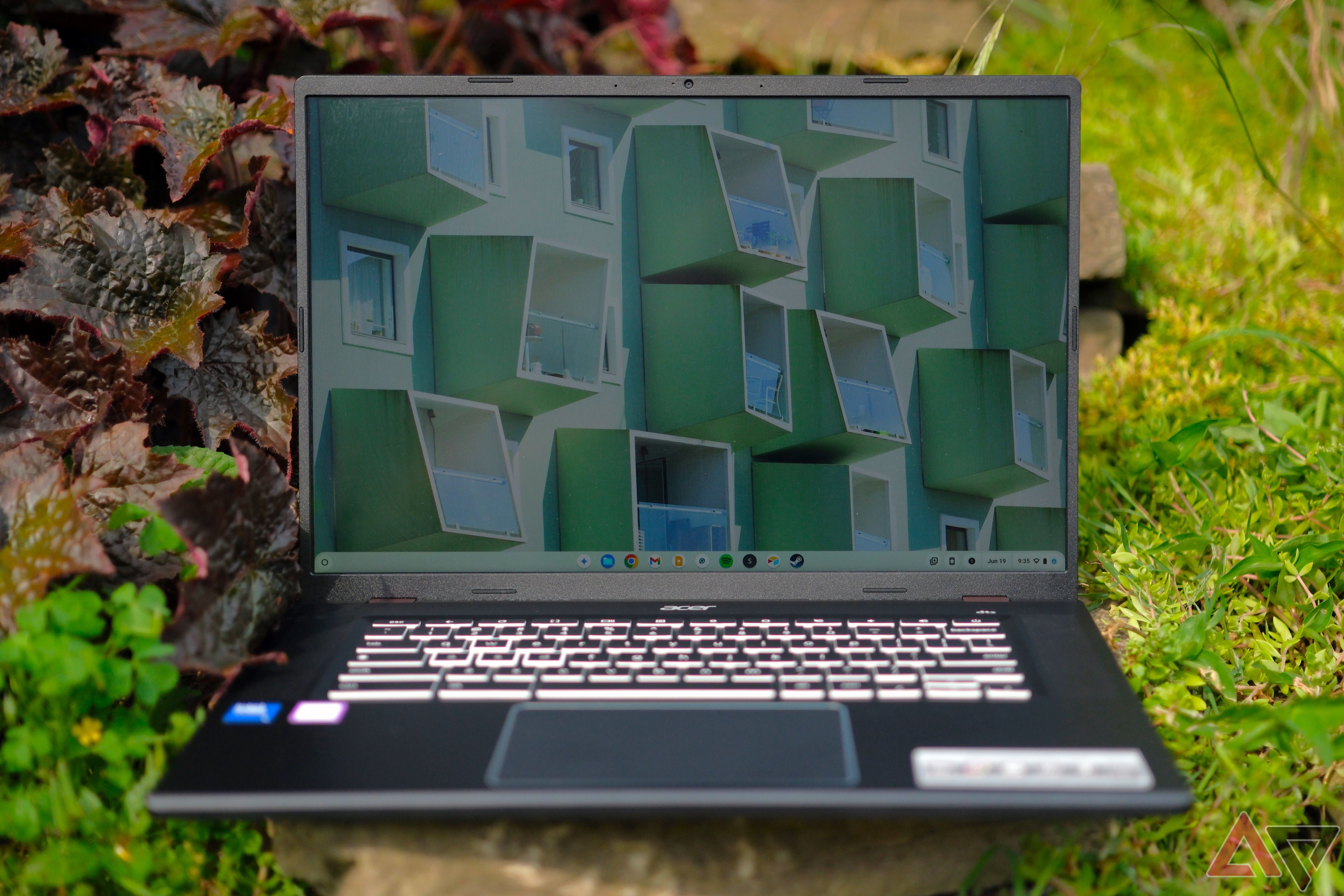
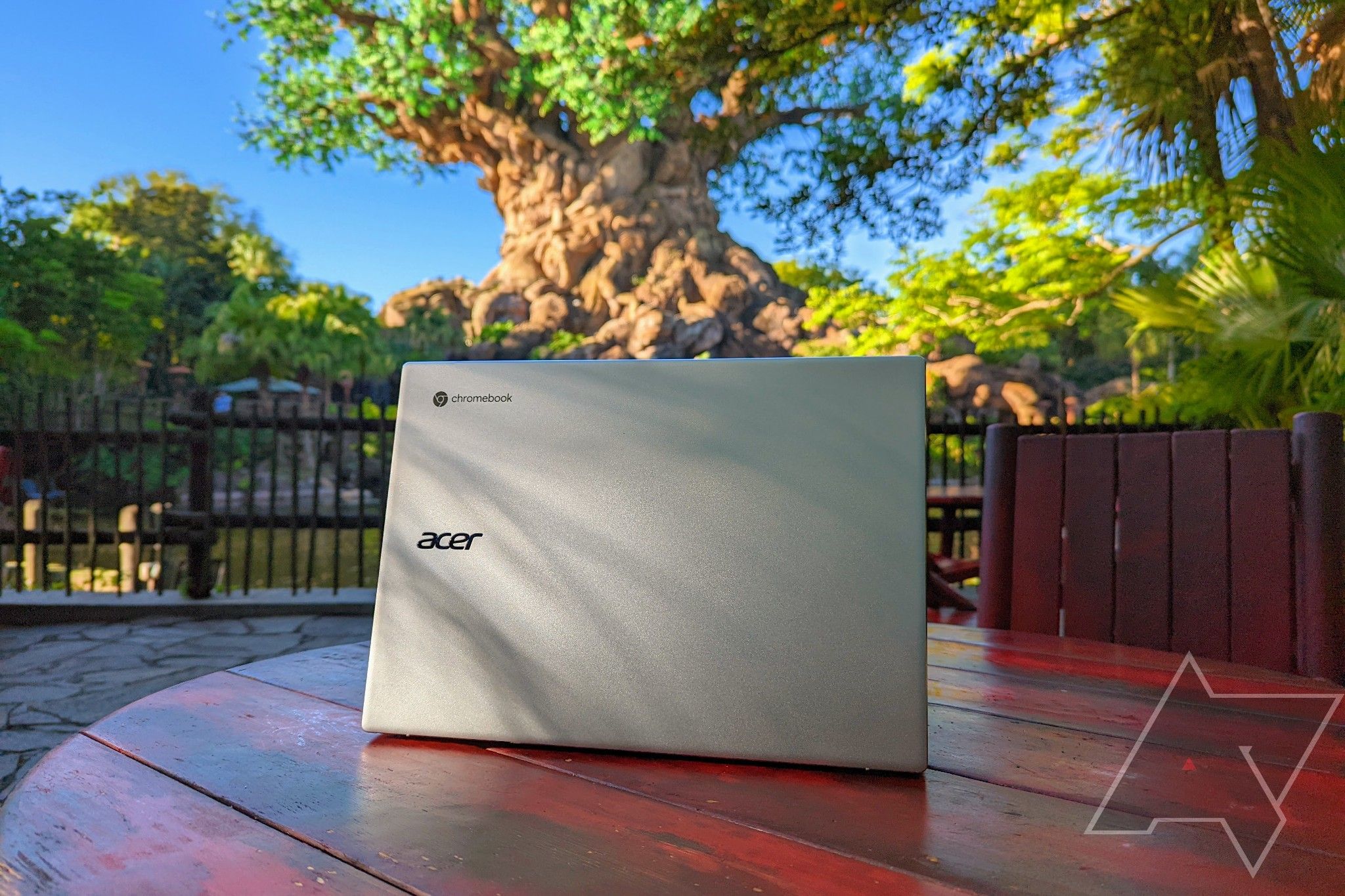
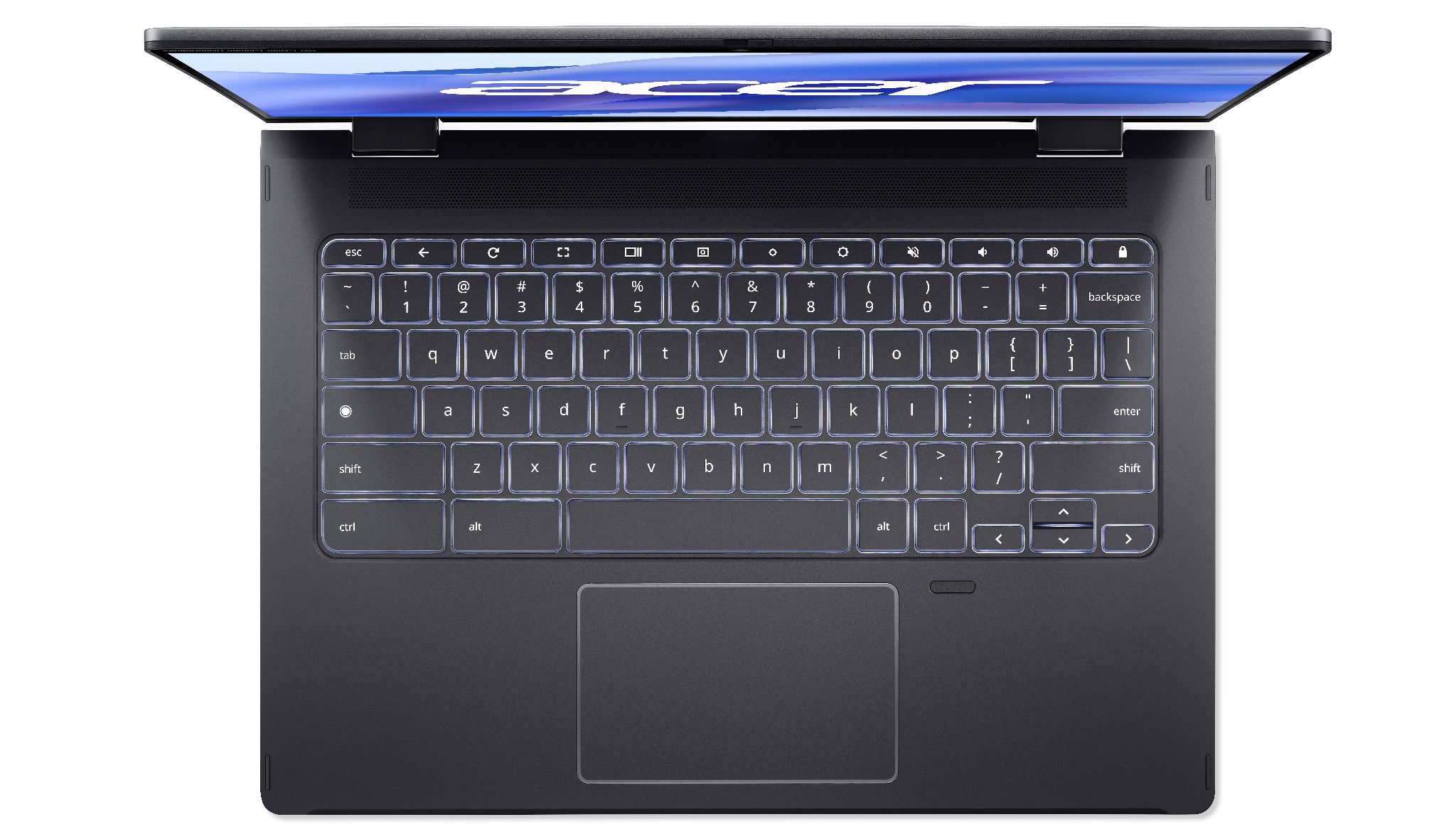
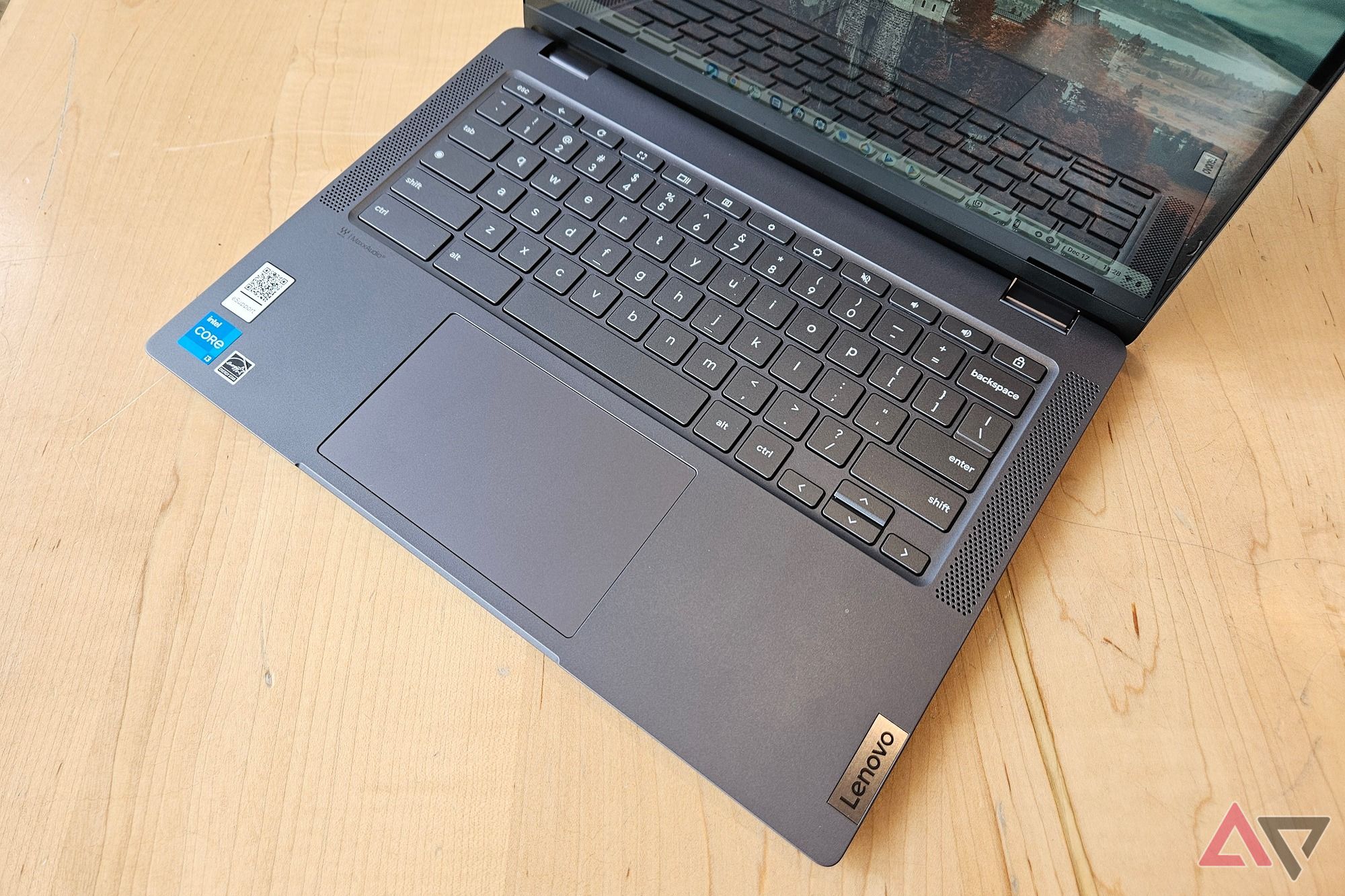
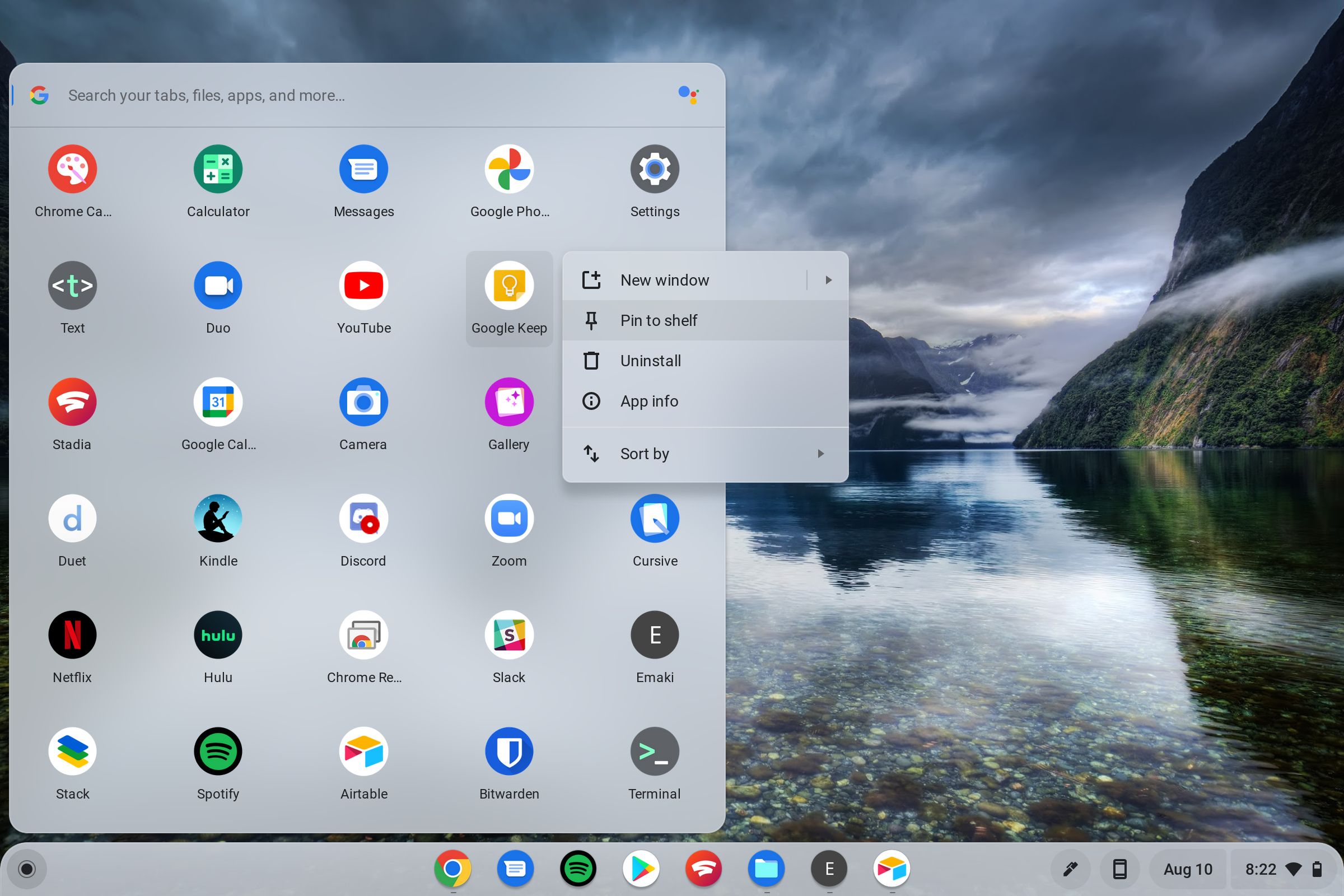
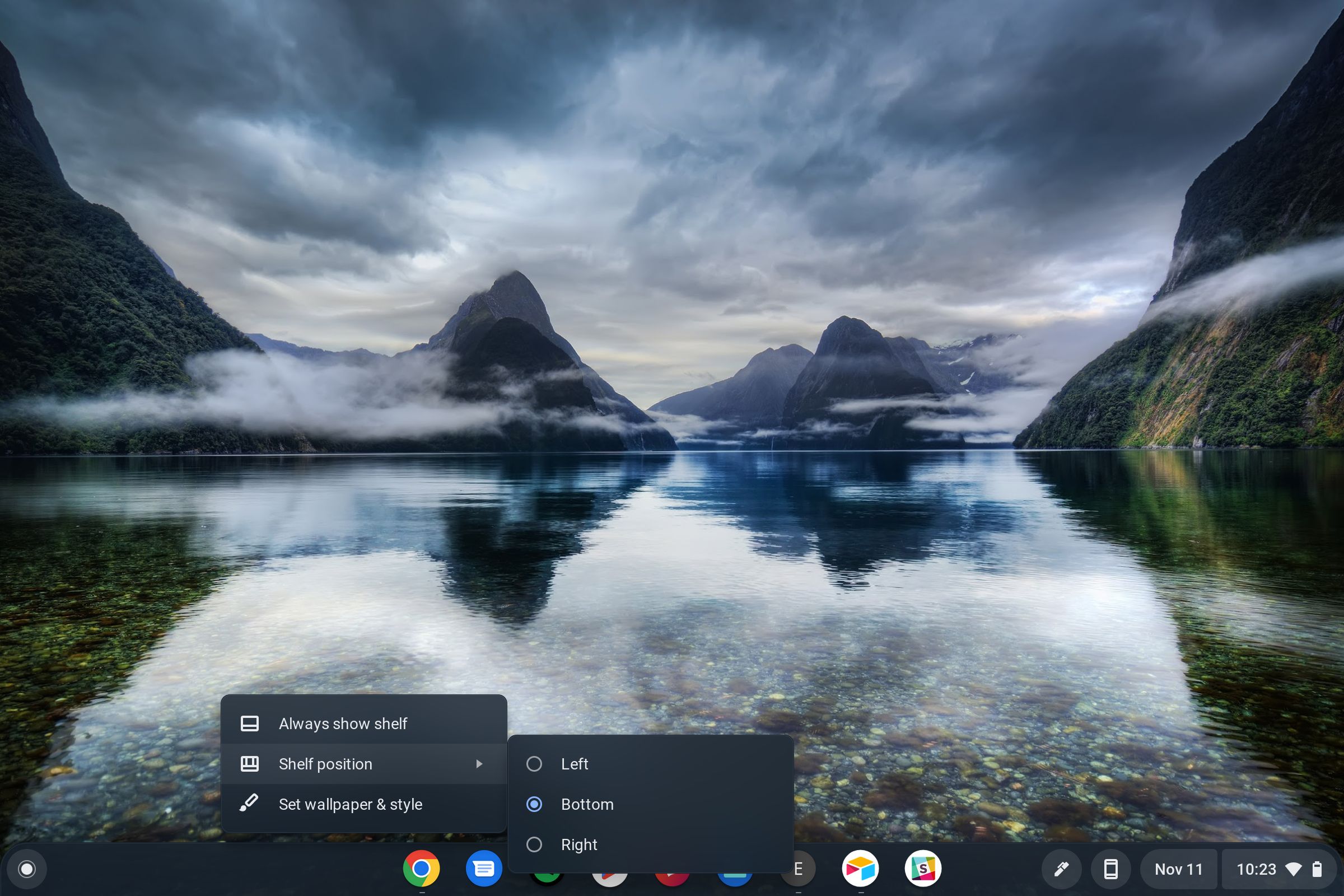
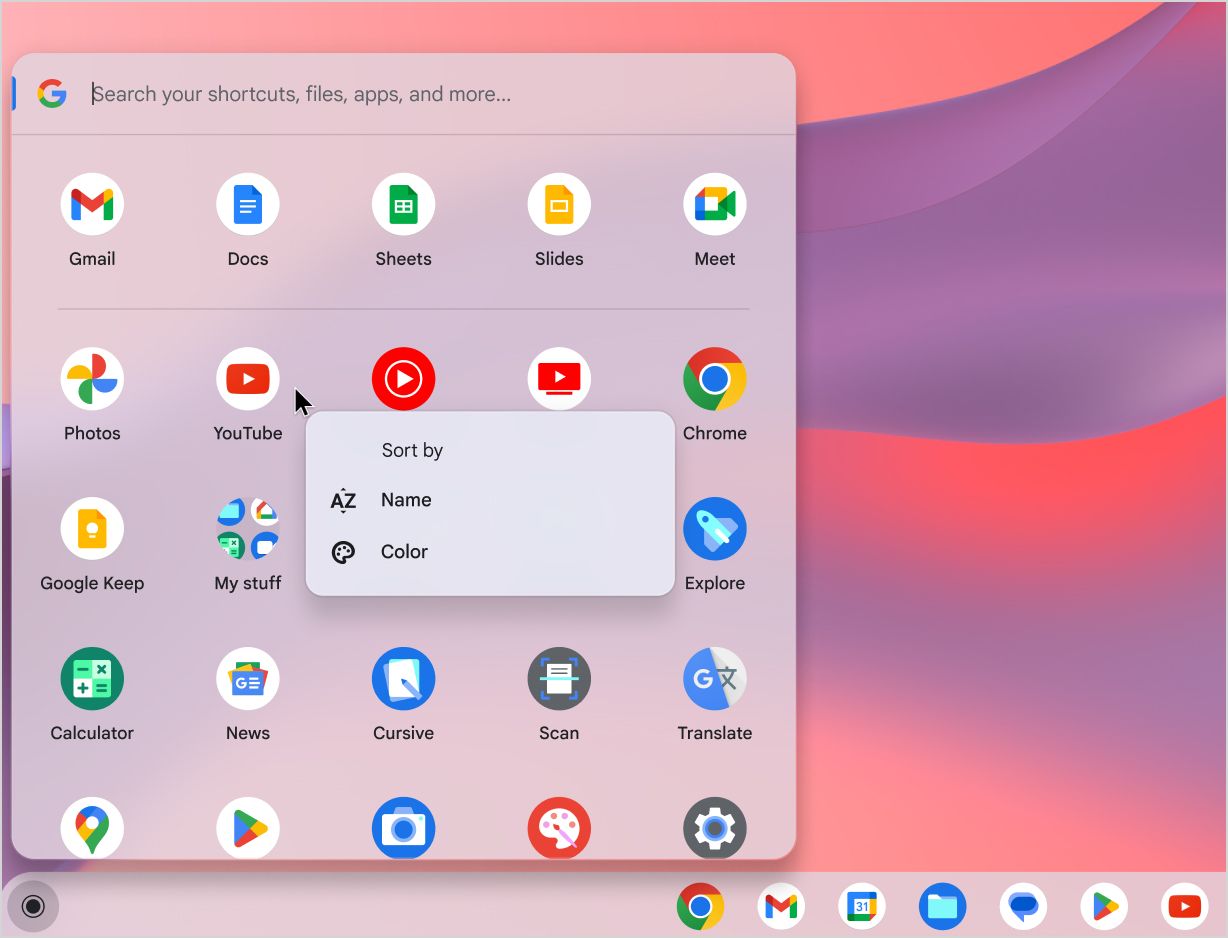
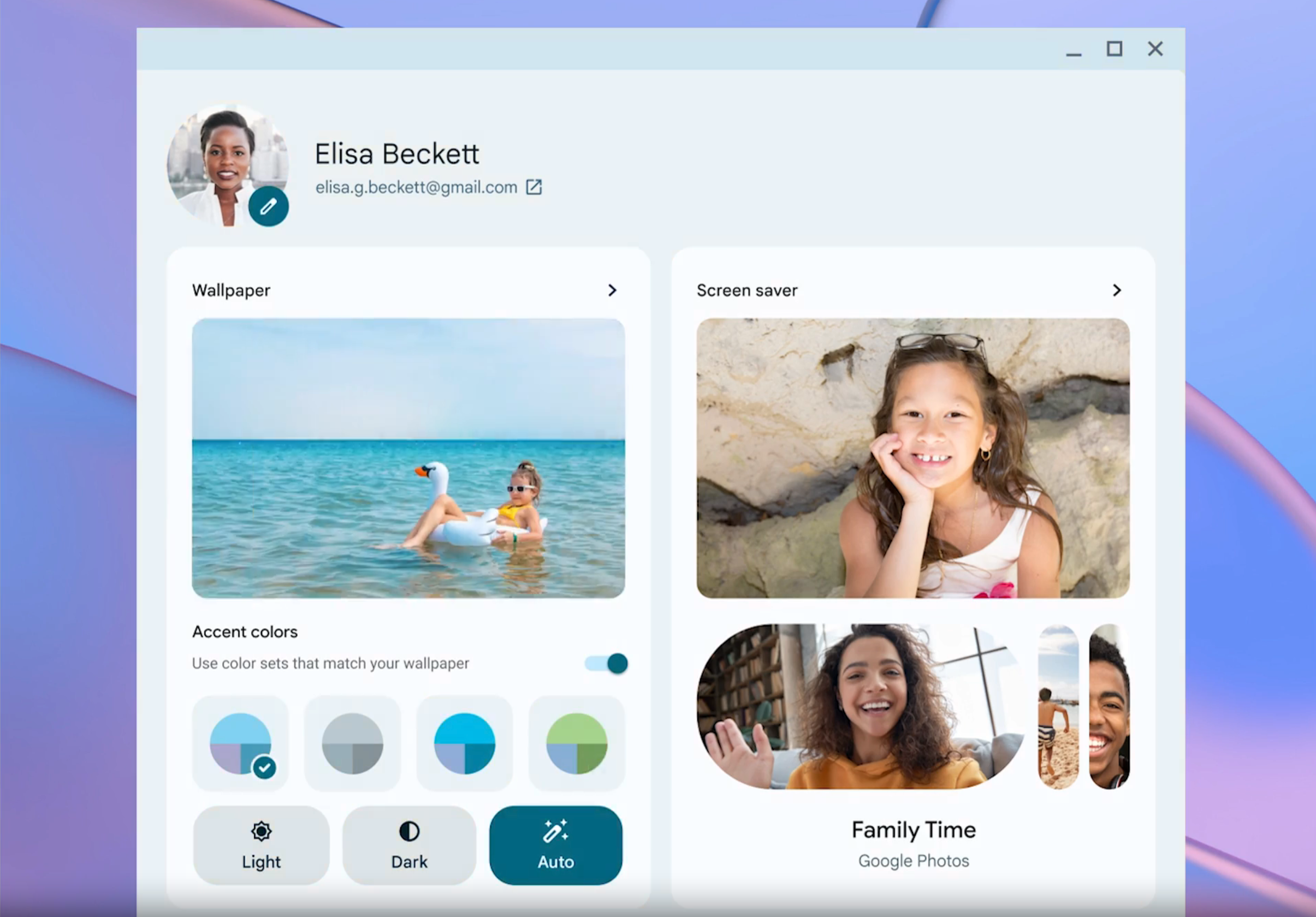
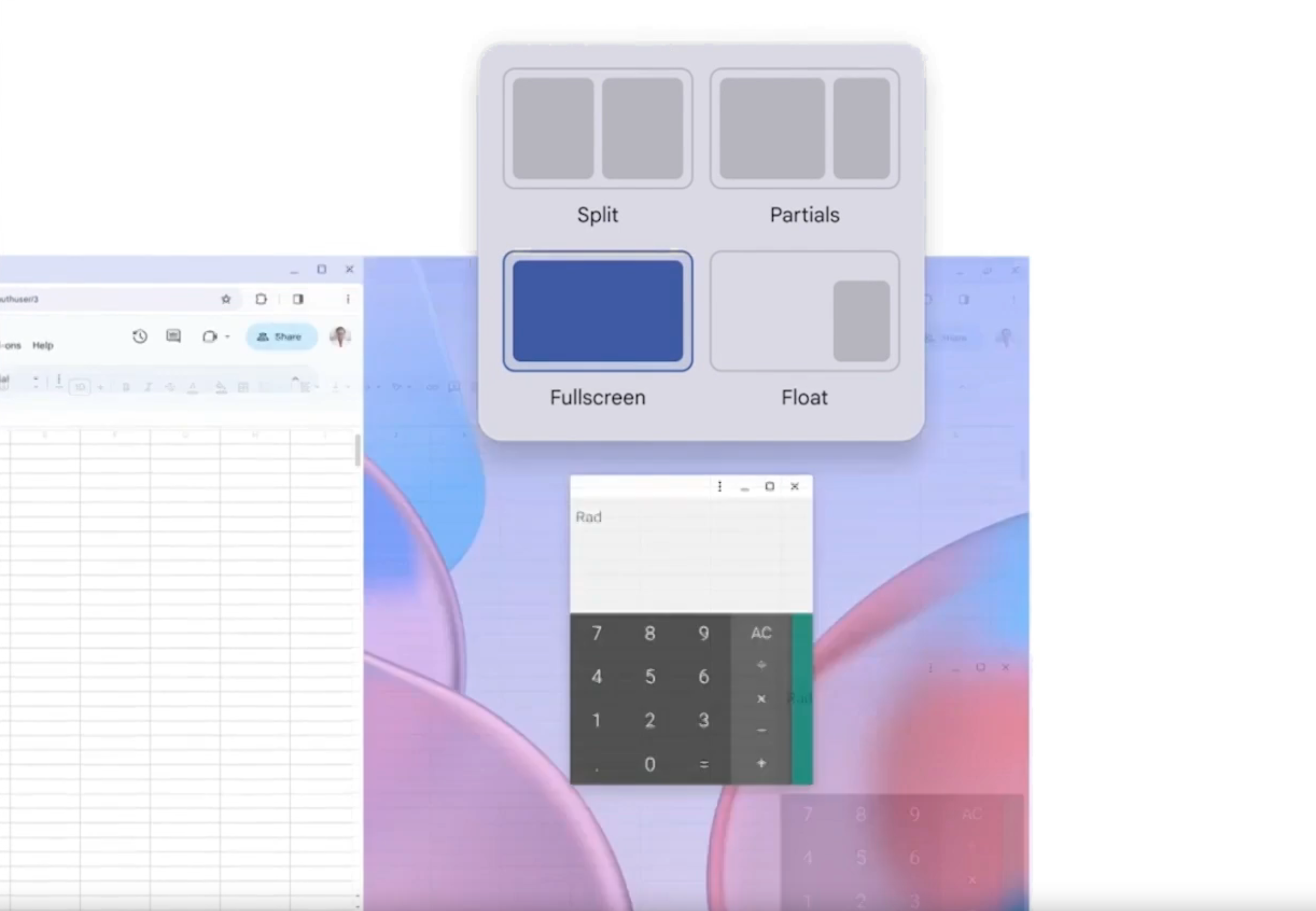
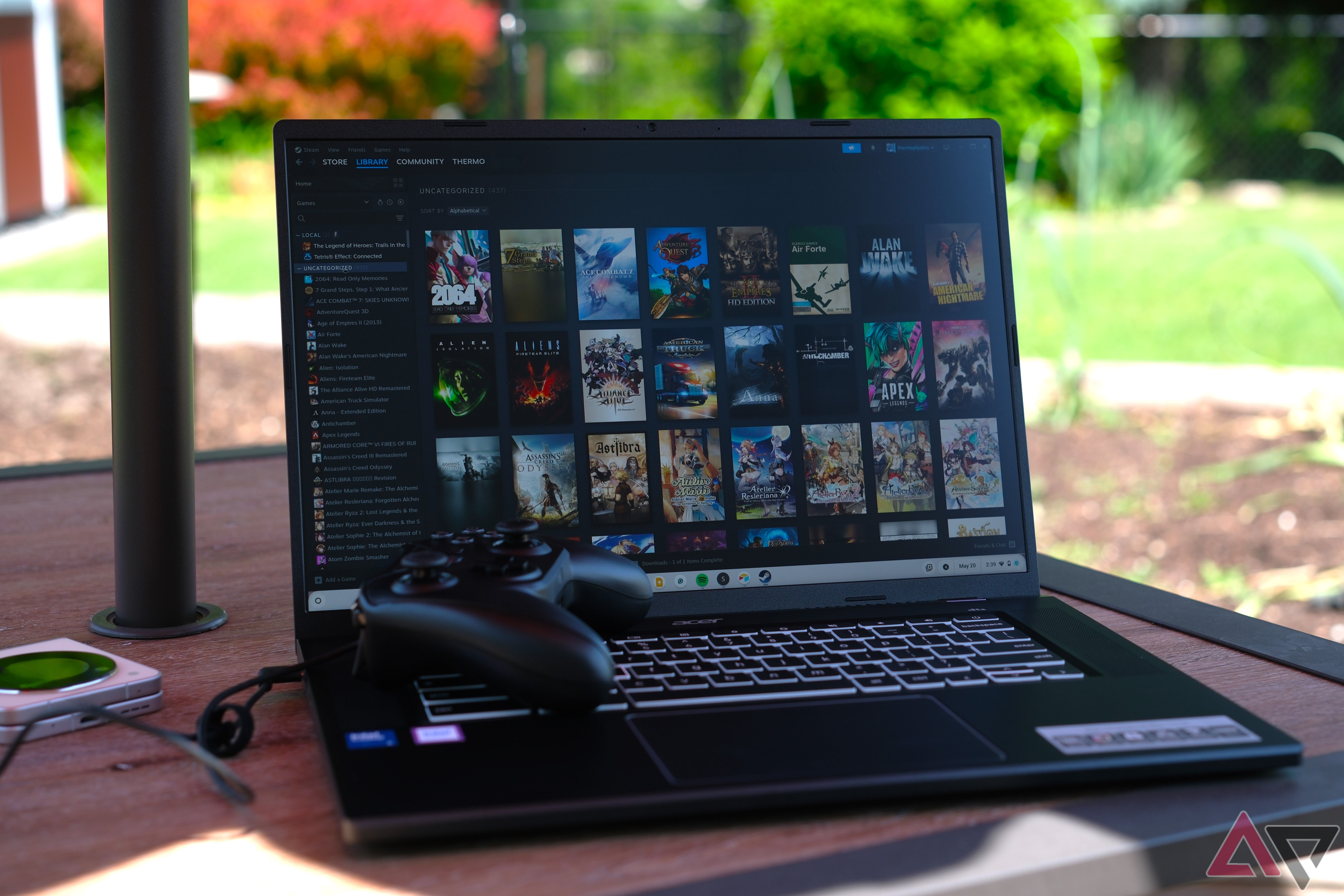
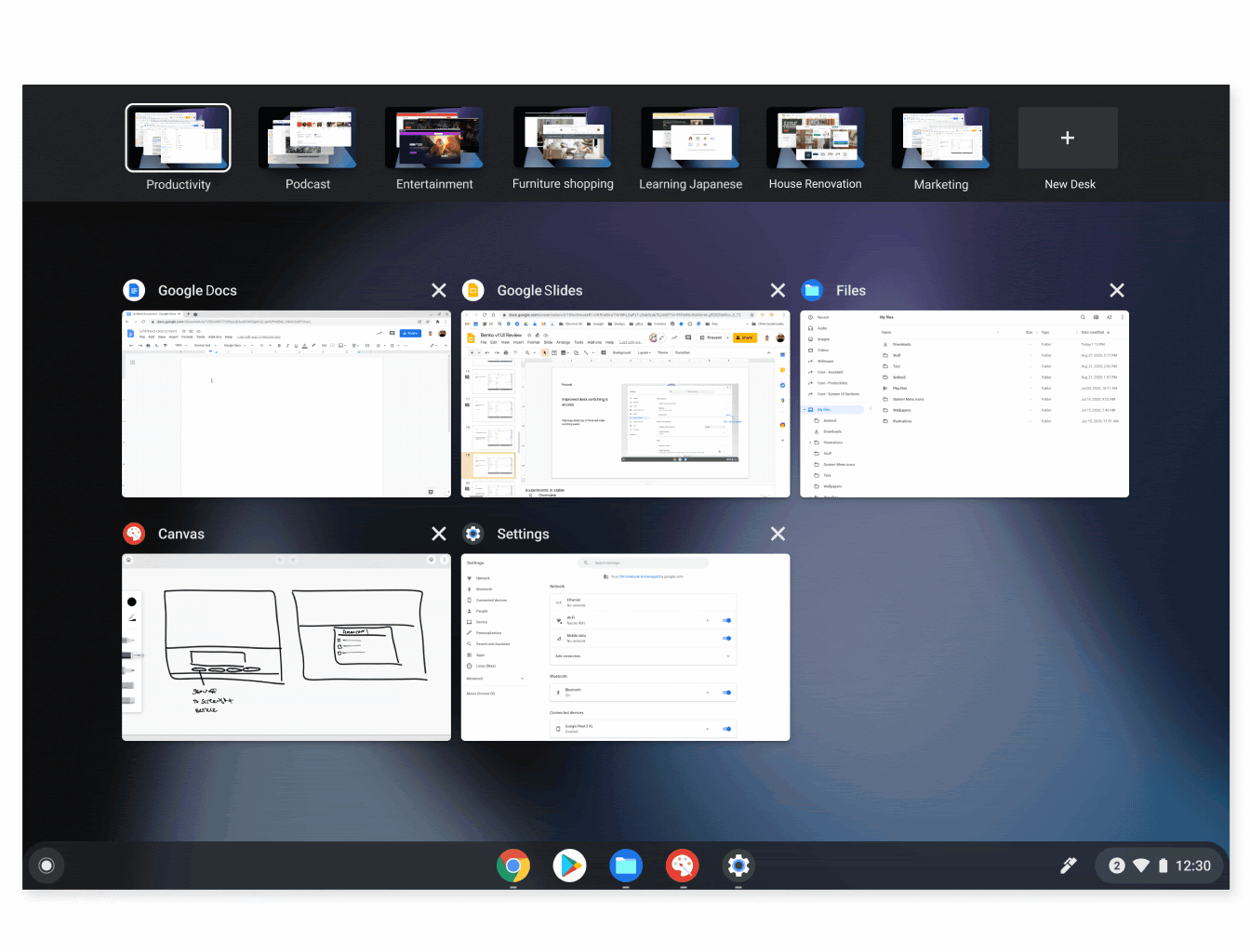
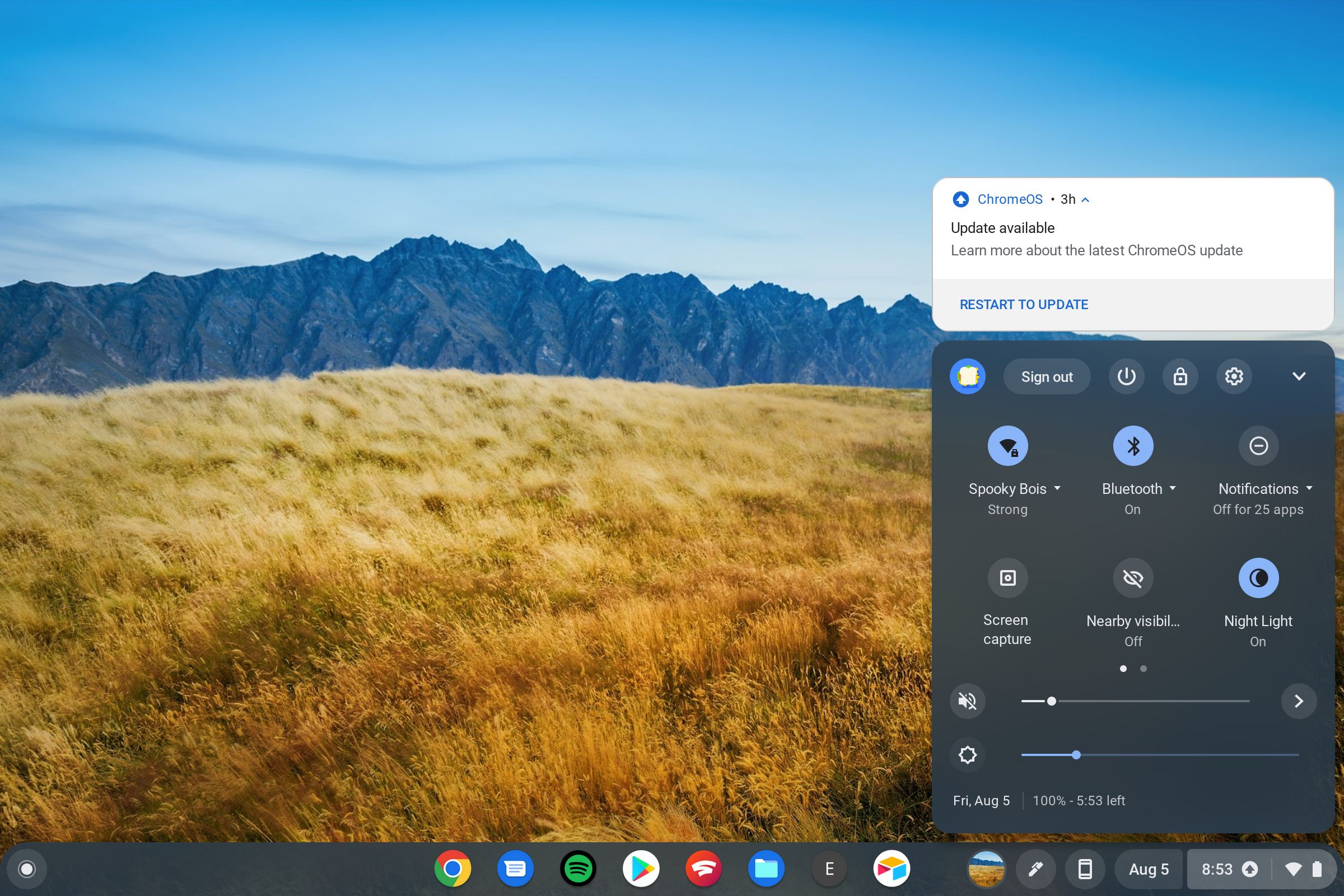
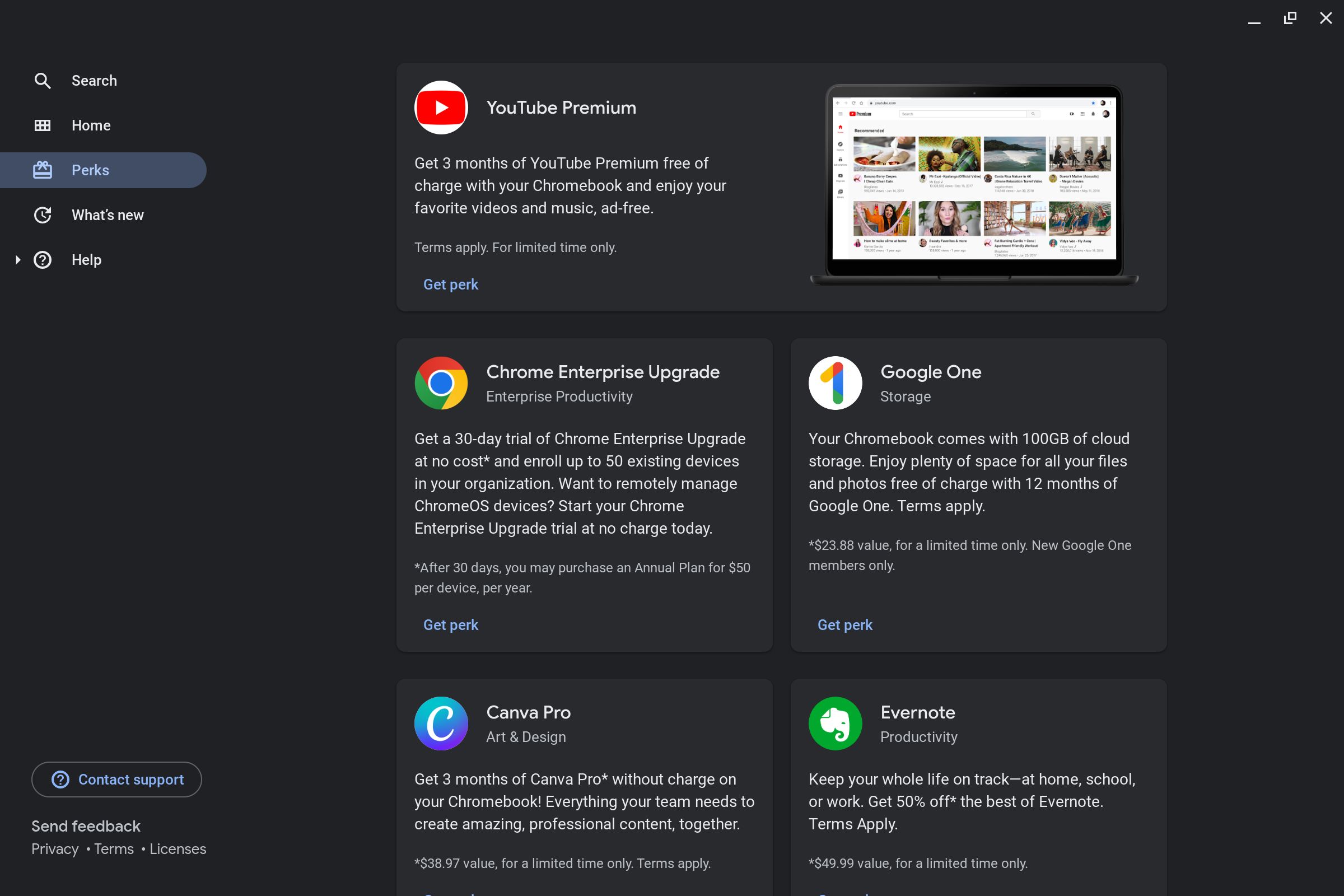
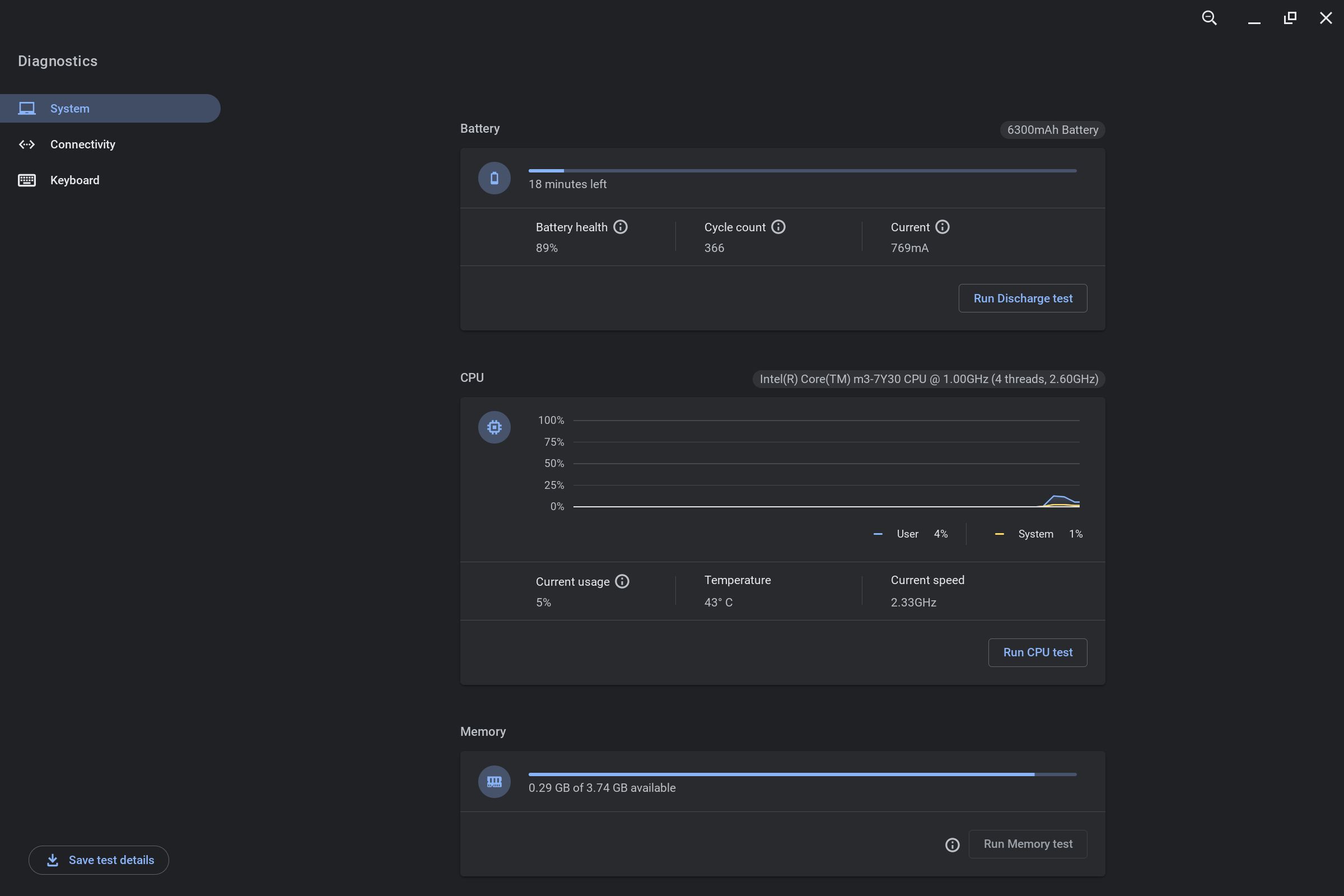
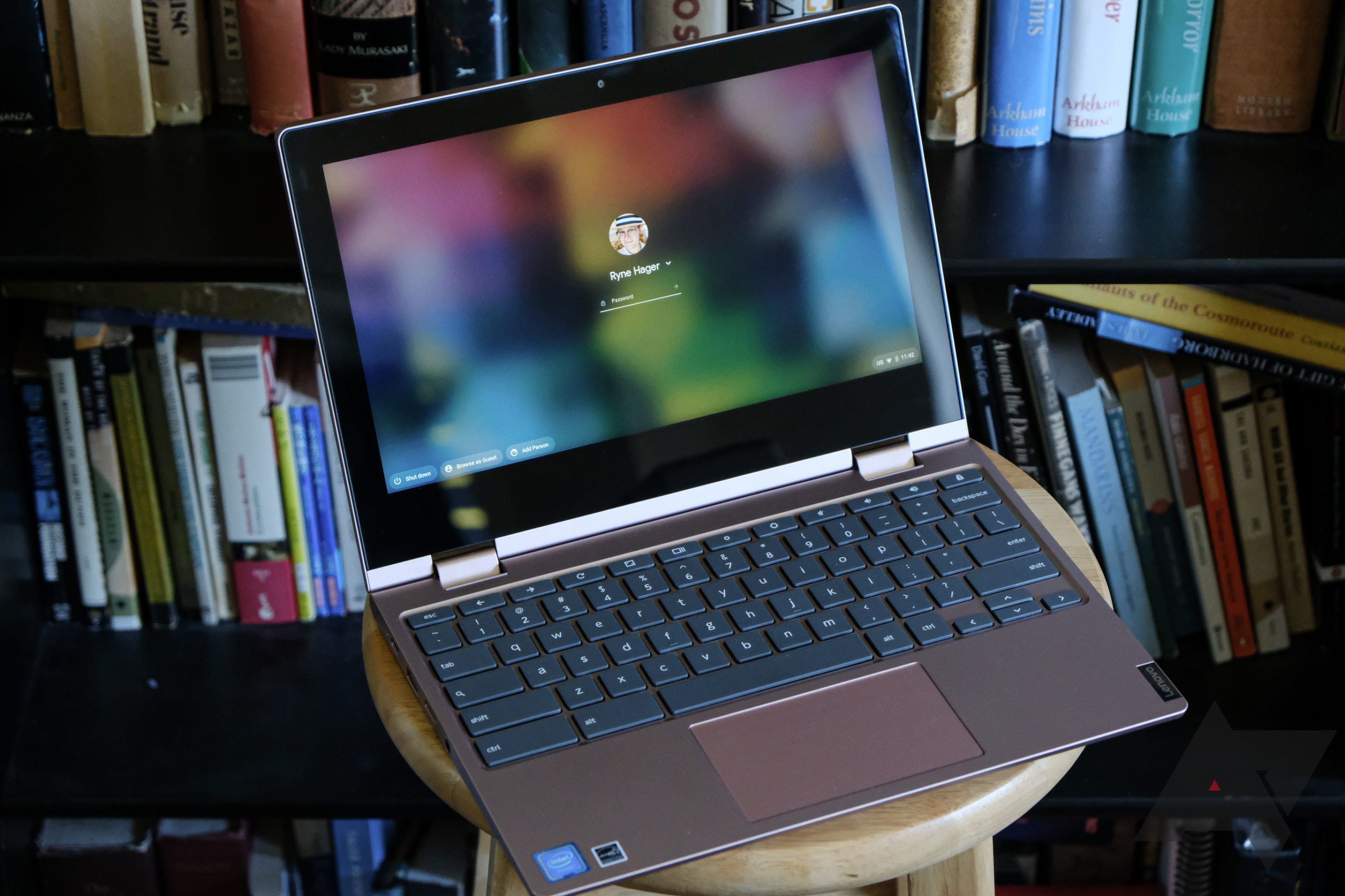
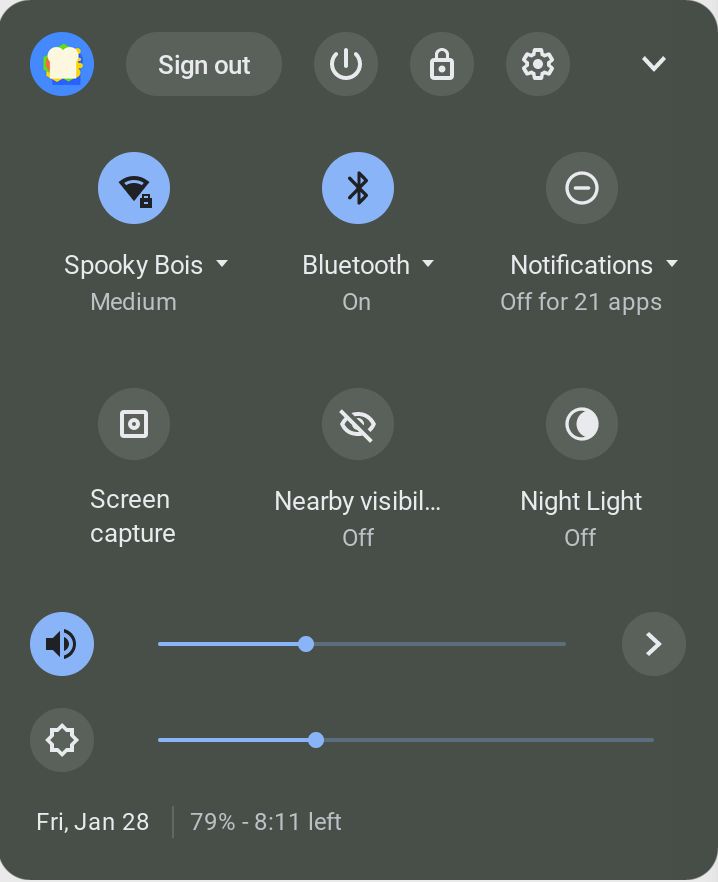
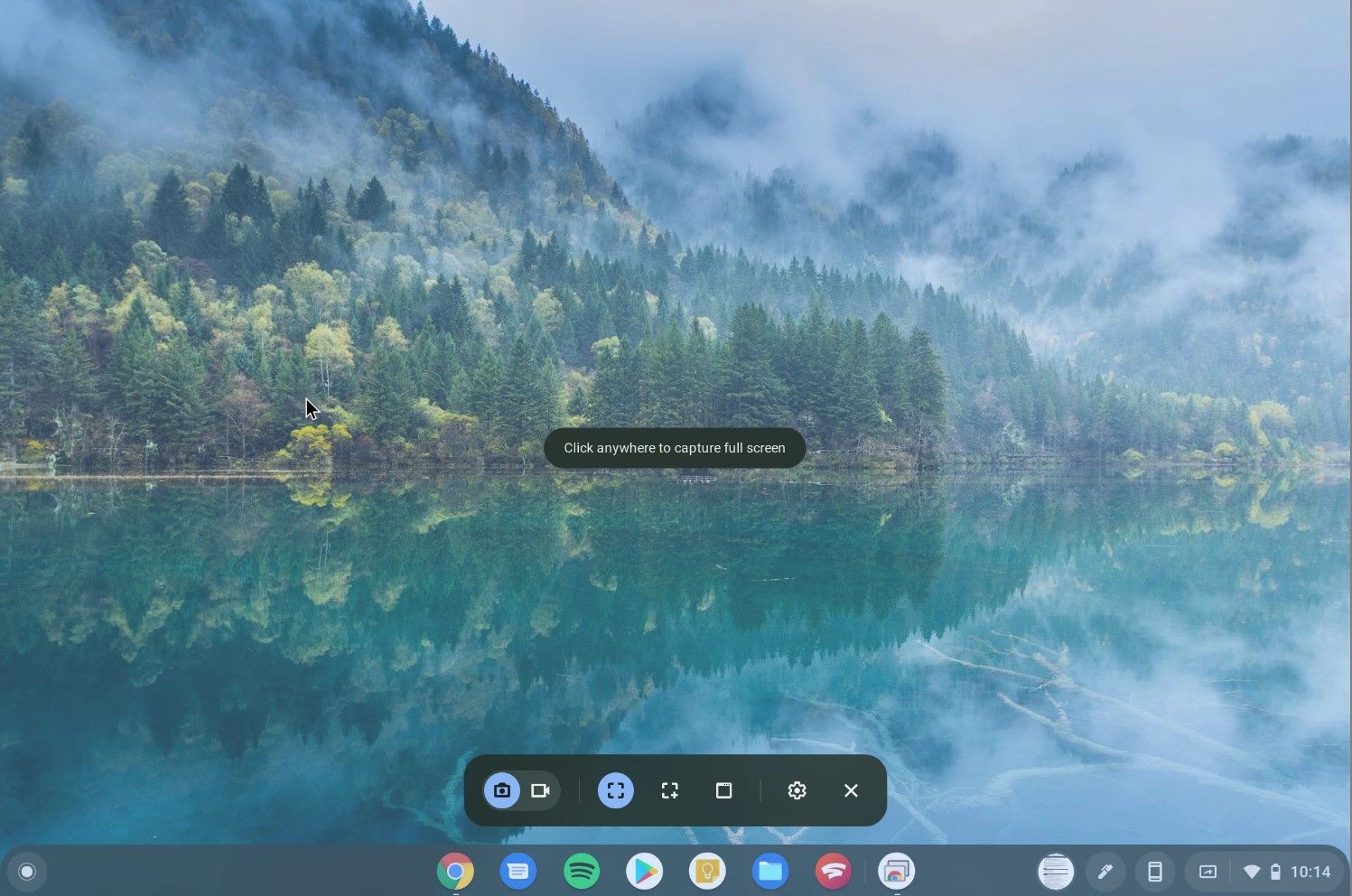
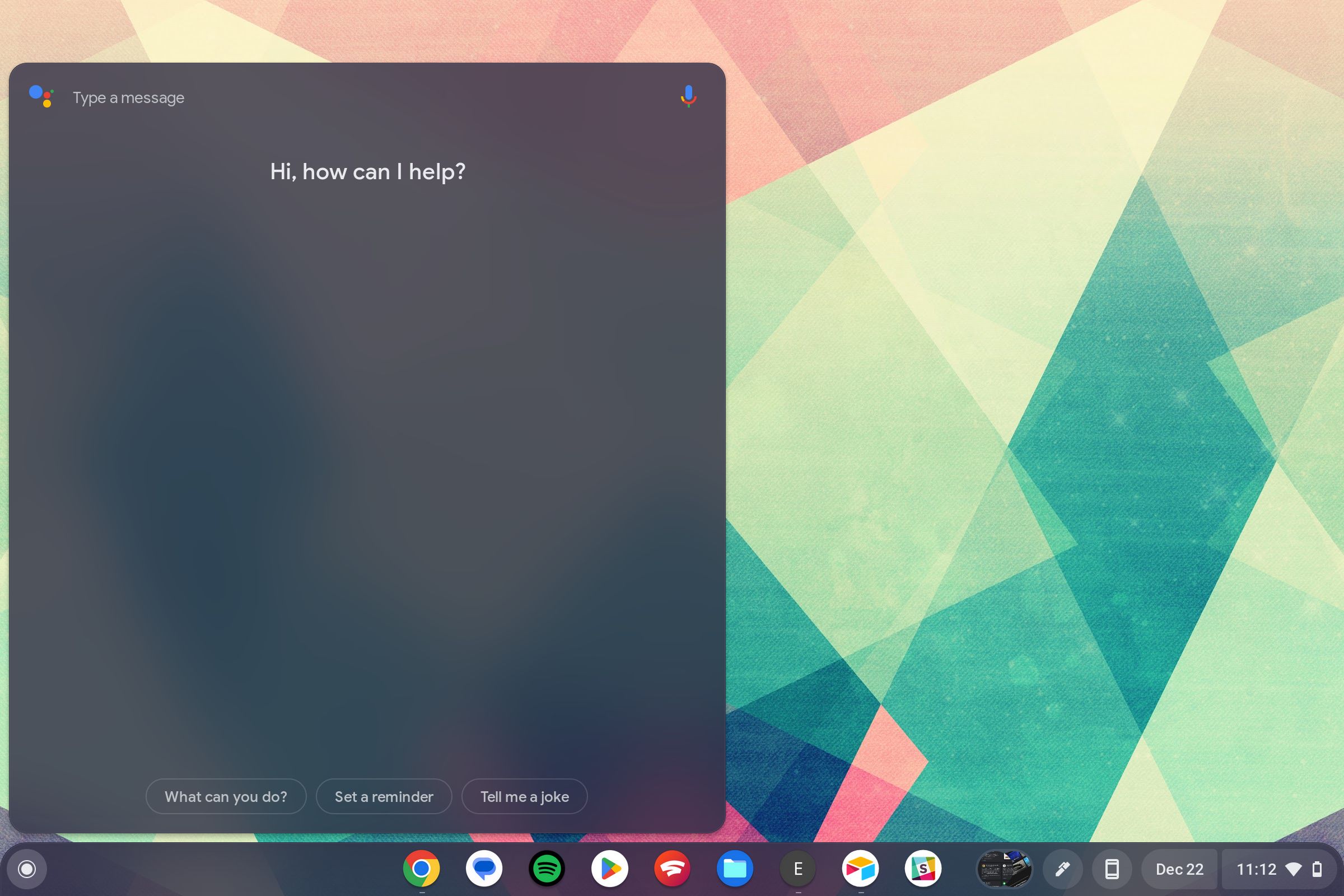
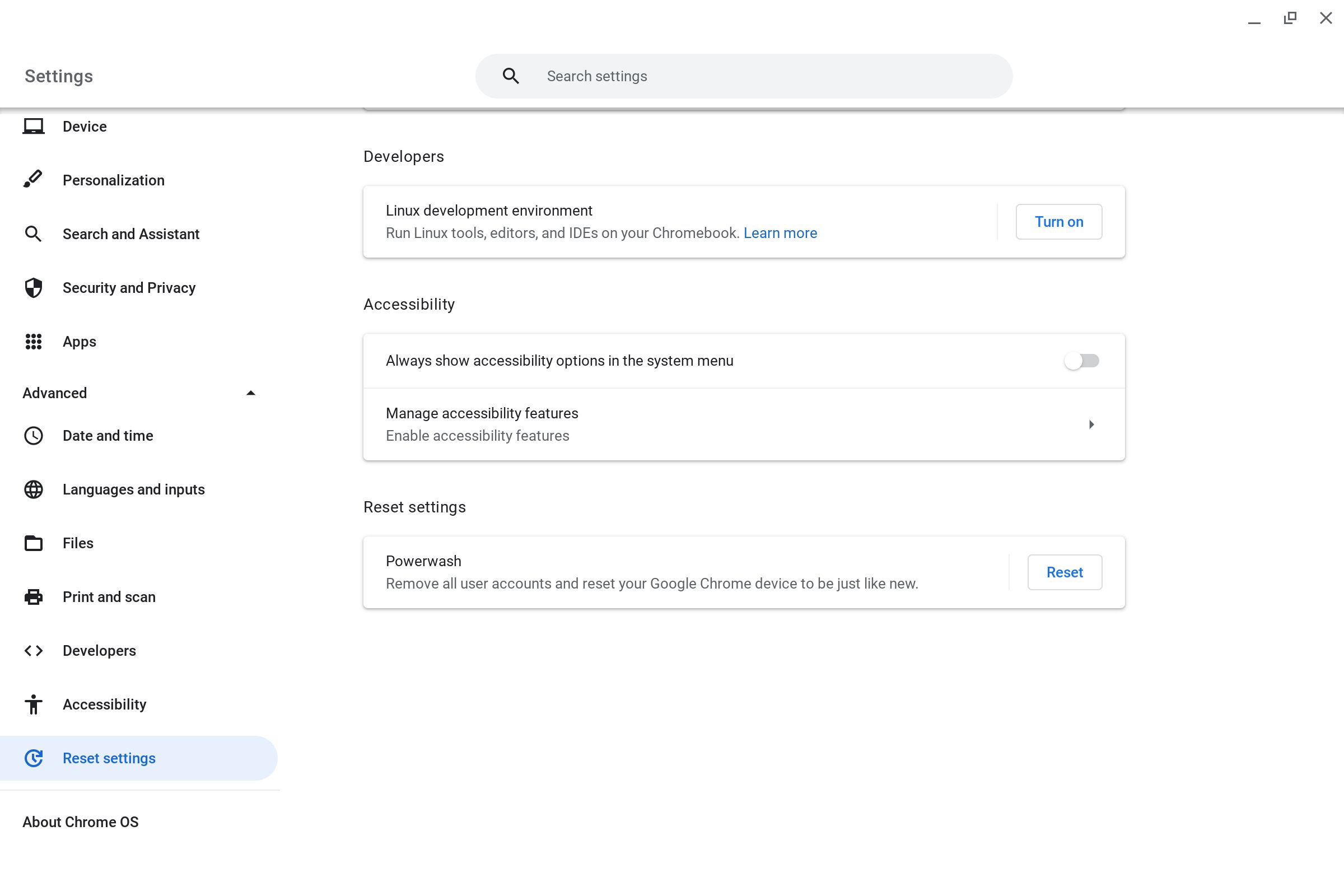



GIPHY App Key not set. Please check settings